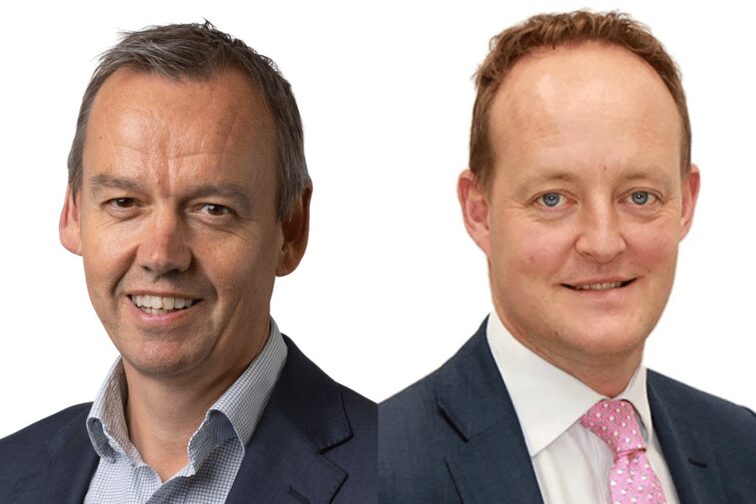
Move is part of a long-term succession plan

International General Insurance Holdings (IGI) has announced that its founder and current CEO Wasef Jabsheh will step down, while current president Waleed Jabsheh will succeed him as the company’s chief executive.
The succession plan goes into effect on July 1.
Waleed Jabsheh will take on expanded responsibilities beyond the insurance and reinsurance business, to include all aspects of the holding company activities, according to a Press statement. He joined IGI in 2002 shortly after inception and has served as president since 2011.
Wasef Jabsheh will continue to be engaged in overseeing the strategic direction of IGI as executive chairman.
In the Press release, IGI’s board said that Waleed Jabsheh “exhibited exceptional leadership during a period of significant growth and transition” for IGI, and was instrumental in delivering “some of the best financial results in [the company’s history.”
“This is a natural transition for us and is part of the succession plan our board set in motion several years ago,” said Wasef Jabsheh.
“The company has been on an excellent trajectory of profitable growth and expansion, and Waleed and I will continue to work together to maintain our company’s commitment to excellence and to delivering long-term shareholder value.
“Waleed has played an important role in developing the IGI culture that has supported our long track record of success and this ensures a seamless transition to CEO. The board and I look forward to continuing to provide strong stewardship to the IGI group.”
“It is an honour and a great privilege to take on the role of CEO and follow in the footsteps of our founding CEO, Wasef,” said Waleed Jabsheh.
“It is Wasef’s vision, leadership and consistent commitment to our clients, shareholders and most importantly our people, that IGI has achieved its many successes over the past two decades.
“I am committed to carrying on this legacy and building upon it; we have deep talent across the IGI group with an embedded culture of performance.”
IGI is an international specialty risks commercial insurer and reinsurer underwriting a diverse portfolio of specialty lines. It is registered in Bermuda, with operations in Bermuda, London, Malta, Dubai, Amman, Oslo, Kuala Lumpur, and Casablanca.
What are your thoughts on this story? Share them in the comments below.
Related Stories
Keep up with the latest news and events
Join our mailing list, it’s free!

This page requires JavaScript


















